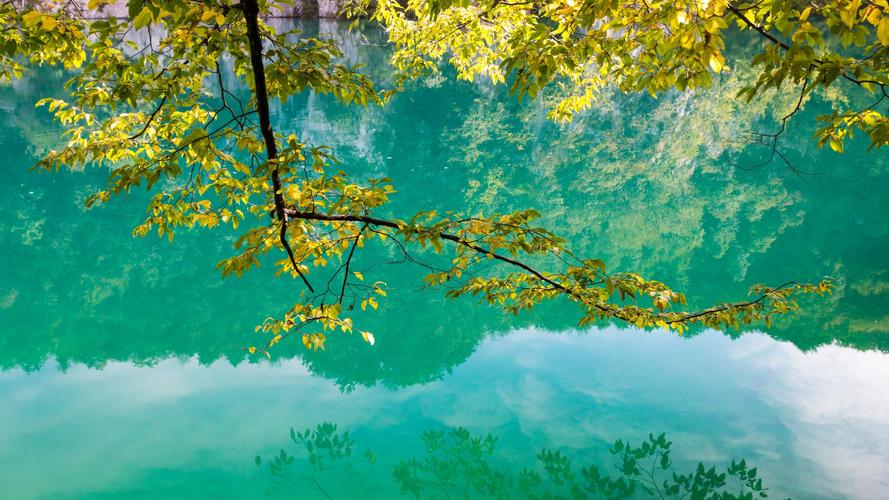Exploring the Richness of Cultural Heritage: Examples That Will Leave You in Awe
The world is teeming with rich, diverse cultural heritage that reflects the uniqueness of different communities across the globe. From towering architectural marvels to vibrant forms of dance, and music, cultural heritage is a treasure trove of history, tradition, and creativity.
Why Is Cultural Heritage Important?
Cultural heritage holds paramount importance in the history and development of communities. It represents the collective memory of a group of people, carrying traditions, stories, and practices from one generation to another. It gives us a glimpse into the past, fostering a sense of identity and belonging among people.
Examples of Stunning Cultural Heritage Sites
From the snowy plateau of Tibet to the green plains of Africa, the world is home to a plethora of awe-inspiring cultural heritage sites. Here are a few noteworthy examples:
Taj Mahal, India
The Taj Mahal in India is a UNESCO World Heritage site and one of the most recognized architectural marvels in the world. Built-in the 17th century by the Mughal emperor Shah Jahan as a tomb for his wife Mumtaz Mahal, the Taj Mahal is a fusion of Indian, Persian, and Islamic architectural styles. Its intricate marble carvings, Persian calligraphy, and picturesque gardens reflect the beauty of Mughal art and architecture.
Machu Picchu, Peru
Machu Picchu is an ancient Incan citadel situated in the Andes Mountains of Peru. Built-in the 15th century, Machu Picchu remained unknown to the outside world until its discovery in 1911. The citadel is renowned for its unique architectural techniques, including the use of precisely crafted stones that fit seamlessly without mortar. The breathtaking site also boasts mesmerizing views of the Andes and is a popular destination for tourists worldwide.
Angkor Wat, Cambodia
Angkor Wat in Cambodia is a stunning example of the Khmer Empire’s architectural prowess. Built-in the 12th century, Angkor Wat is a massive temple complex covering over 400 acres of land. Its towering structures, intricate carvings, and ornate towers are iconic to Cambodian culture, representing the country’s rich spiritual and religious heritage.
Carnival of Rio de Janeiro, Brazil
Brazil’s Carnival is a vibrant festival that celebrates the country’s diverse cultural heritage. It is an explosion of color, music, dance, and joy, featuring samba dancers, live music bands, and spectacular costumes. The festival takes place over four days and draws in over 2 million people worldwide, making it one of the most significant cultural events globally.
Why Should We Preserve Our Cultural Heritage?
Preserving our cultural heritage is crucial to ensure that future generations can learn about their past and embrace their identity. Cultural heritage helps bridge the gap between different communities, fostering mutual understanding, and respect. Moreover, heritage preservation can contribute to the economy by attracting tourism and generating employment opportunities.
Conclusion
Cultural heritage sites across the globe represent the richness and diversity of human civilization. They are a testament to the creativity, skills, and artistry of our ancestors, and their preservation is vital to keep our legacy alive. By exploring these sites, we can gain an insight into the history of our communities, bringing us closer to our roots and traditions.
(Note: Do you have knowledge or insights to share? Unlock new opportunities and expand your reach by joining our authors team. Click Registration to join us and share your expertise with our readers.)
